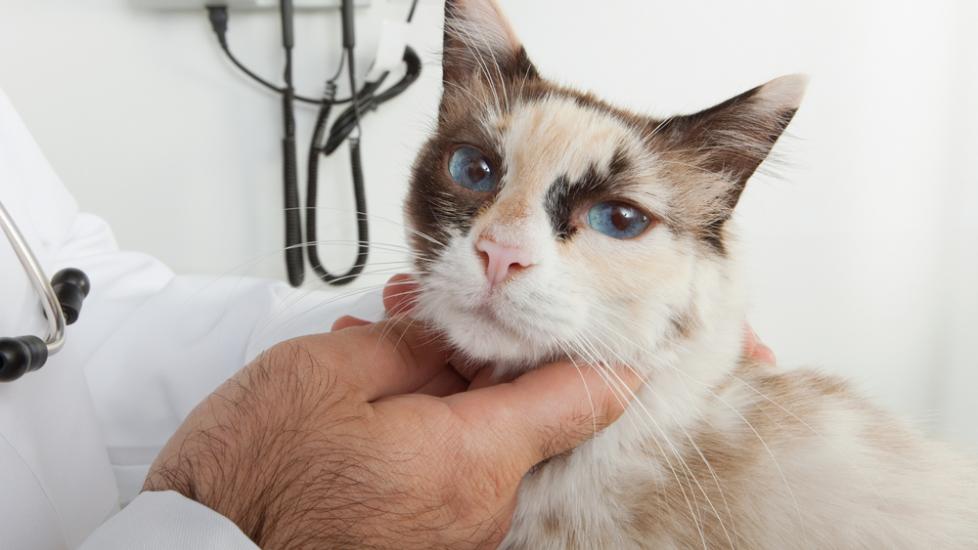Nose Cancer in Cats
Nasal Adenocarcinoma
Nose cancer (or nasal adenocarcinoma) occurs when too many cells in a cat's nasal and sinus passages come together. The disease progresses slowly. Studies have shown nose cancer is more common in larger animal breeds than in smaller ones, and it may be more common in males than females. Options exist when the disease is caught early and aggressively treated.
Symptoms
- Sneezing
- Loss of appetite (anorexia)
- Seizures
- Mucus-like material from the nose (nasal discharge)
- Facial deformity
- Pain in the nose
- Obstructive masses in the animal's nose
Causes
A pollutant-filled environment is one of the known causes of nose cancer, but exact causes are otherwise largely unknown.
Diagnosis
Veterinarians may utilize a variety of tools to detect nose cancer. A microscopic camera placed in the nose (rhinoscopy) can be used to look into the nasal cavity, although it may not be effective if blood or masses are obstructing the view. A tissue sample (biopsy) will be done for a definitive diagnosis. A diagnosis can also be made if bacterial cultures come back positive. Material from the lymph nodes are sometimes examined to see if the disease has spread (metastasized) into other parts of a cat's body.
Treatment
While surgery may be used to remove a tumor, it is not effective as a treatment option on its own. Radiation therapy (radiotherapy), when combined with surgery, has shown positive results for some animals. In some cases, chemotherapy is also prescribed.
Living and Management
If the nose cancer is not treated, the median survival time is between three and five months. When radiotherapy is used, the survival rate percentages range from 20 to 49 percent for the first two years after the treatments. It is best to follow the prescribed treatment plan to ensure the best possible outcome for your cat.
Prevention
There is currently no way to prevent nose cancer.
Image: La India Piaroa via Shutterstock
Help us make PetMD better
Was this article helpful?
